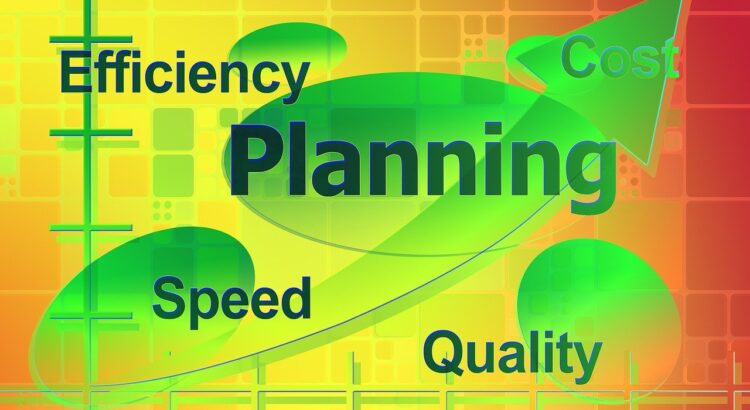Measuring power efficiency in datacenter storage is a complex endeavor. A number of factors play a role in assessing individual storage devices or system-level logical storage for power efficiency. Luckily, our SNIA experts make the measuring easier!
In this SNIA Experts on Data blog series, our experts in the SNIA Solid State Storage Technical Work Group and the SNIA Green Storage Initiative explore factors to consider in power efficiency measurement, including the nature of application workloads, IO streams, and access patterns; the choice of storage products (SSDs, HDDs, cloud storage, and more); the impact of hardware and software components (host bus adapters, drivers, OS layers); and access to read and write caches, CPU and GPU usage, and DRAM utilization.
Join us on our journey to better power efficiency as we continue with Part 2: Impact of Workloads on Power Efficiency Measurement. And if you missed Part 1: Key Issues in Power Efficiency Measurement, you can find it here. Bookmark this blog and check back in March and April for the continuation of our four-part series. And explore the topic further in the SNIA Green Storage Knowledge Center.
Part 2: Impact of Workloads on Power Efficiency Measurement
Workloads are a significant driving force behind power consumption in computing systems. Different tasks and applications place diverse demands on hardware, leading to fluctuations in the amount of power used. Here’s a breakdown of how workloads can influence power consumption:
- CPU Utilization. The CPU’s power consumption increases as it processes tasks, with more demanding workloads that involve complex calculations or multitasking leading to higher CPU utilization and, consequently, elevated power usage.
- Memory Access is another key factor. Accessing memory modules consumes power, and workloads that heavily rely on frequent memory read and write operations can significantly contribute to increased power consumption.
- Disk Activity, particularly read and write operations on storage devices (whether HDDs or SSDs), consumes power. Workloads that involve frequent data access or large file transfers can lead to an uptick in power consumption. GPU Usage plays a crucial role, especially in tasks like gaming, video editing, and machine learning. High GPU utilization for rendering complex graphics or training deep neural networks can result in substantial power consumption.
- Network Communication tasks, such as data transfers, streaming, or online gaming, require power from both the CPU and the network interface. The extent of communication and data throughput can significantly affect overall power usage.
- In devices equipped with displays, Screen Brightness directly impacts power consumption. Brighter screens consume more power, which means workloads involving continuous display usage contribute to higher power consumption.
- I/O Operations encompass interactions with peripherals like storage devices or printers. These operations can lead to short bursts of power consumption, especially if multiple devices are connected.
- Understanding the contrast between Idle and Active States is essential. Different workloads can transition devices between these states, with idle periods generally exhibiting lower power consumption. However, certain workloads may keep components active even during seemingly idle times.
- Dynamic Voltage and Frequency Scaling are prevalent in many systems, allowing them to adjust the voltage and frequency of components based on workload demands. Increased demand leads to higher clock speeds and voltage, ultimately resulting in more significant power consumption.
- Background Processes also come into play. Background applications, updates, and system maintenance tasks can impact power consumption, even when the user isn’t actively engaging with the device.
In practical terms, comprehending how various workloads affect power consumption is vital for optimizing energy efficiency. For instance, laptops can extend their battery life by reducing screen brightness, closing unnecessary applications, and selecting power-saving modes.
Moreover, SSDs are designed with optimizations for background processes in mind. Garbage collection and NAND Flash cell management often occur during idle periods or periods of low-impact workloads.
Likewise, data centers and cloud providers strategically manage workloads to minimize energy consumption and operational costs while upholding performance standards.
